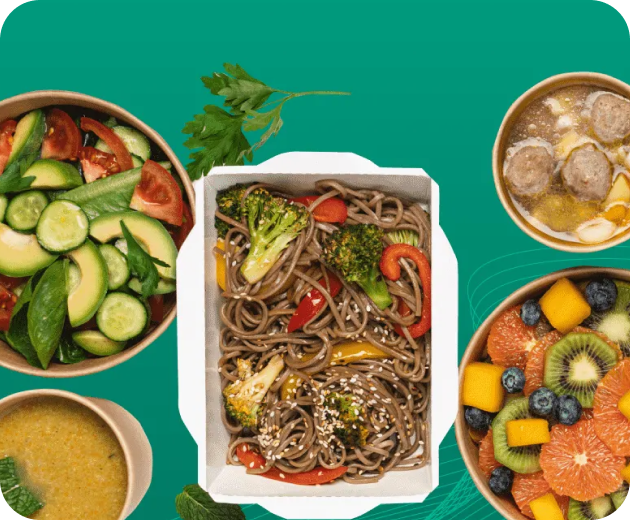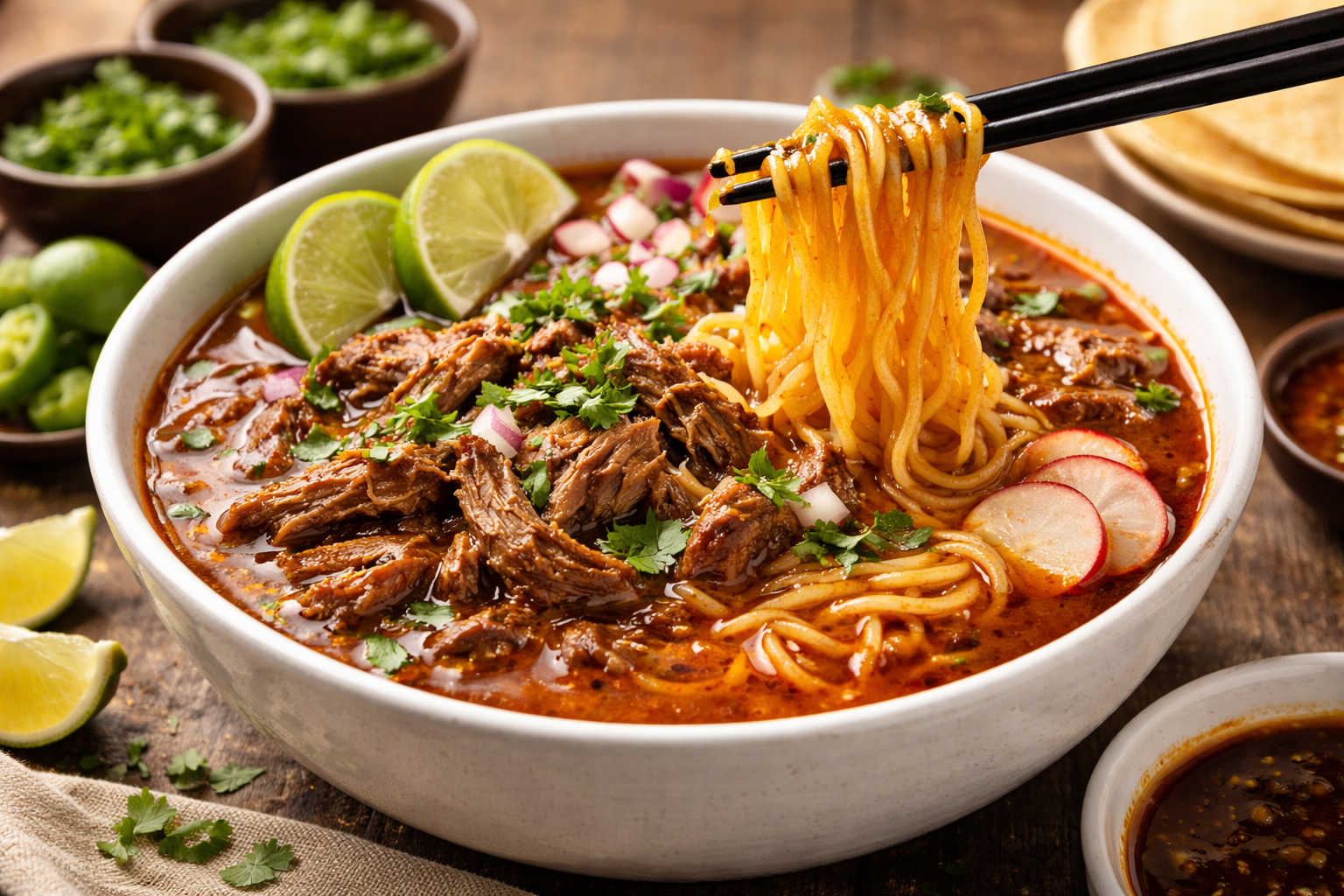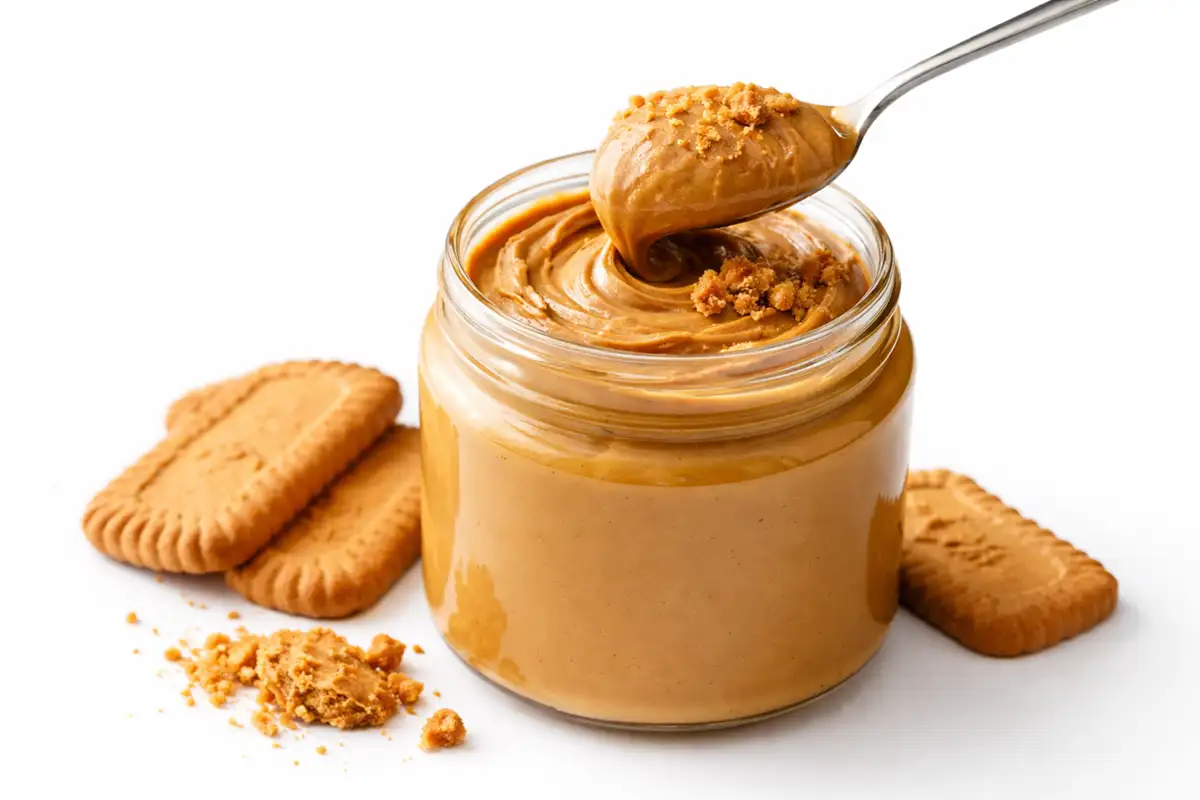Canned Wine Trends: Think Outside the Bottle in 2026
If you thought beer and soda were the only canned beverages worth giving a second glance, think again! Canned wine trends have been taking the world by storm over the last several years, and the momentum is expected to continue into 2026 as consumer demands for convenience, sustainability, and elevated taste converge.
Want to explore how rosé, Italian wines, and canned formats shape shopper demand?
What Is Canned Wine?

Canned wine refers to wine that’s packaged in aluminum cans rather than traditional glass bottles. Available in sparkling, still, rosé, red, and white varieties, canned wines are commonly sold in 250ml or 375ml formats. They’re casual, portable nature makes them ideal for single servings so consumers can take their favorite beverages with them to picnics, parties, concerts and other outings.
According to data from Tastewise, canned wine has been enjoying a steady stream of social discussion over the last 24 months, and as canned wine trends continue to intersect with other global shifts in wine consumption, we can expect its popularity to hold steady and even skyrocket in the months and years ahead.
Canned Wine Trends: What to Watch in 2026
As younger consumers redefine wine rituals, formats like canned wine help the industry adapt to modern values. Subsequently, the canned wine trend has moved beyond novelty and into the mainstream, thanks to several key shifts in how people choose and consume wine. Here are a few of the consumer trends to keep in mind when producing, marketing and distributing canned wine products to new audiences:
Premiumization
Consumers are no longer settling for mediocre food and beverage products, and this preference for premium products has extended to wine in cans. Subsequently, brands seeking to make the leap into the canned wine space should leverage high-quality varietals and sophisticated packaging to appeal to luxury-minded consumers.
Sparkling Specialties
According to Grandview Research, sparkling wine accounts for over 60% of all canned wine market revenue. This is consistent with other consumer trends that have sparkling wines making a major impact on the global food and beverage industry. Whether it’s a crisp prosecco or an exciting new take on the up-and-coming California sparkling wine trend, canned formats are making effervescent beverages more casual and accessible for drinkers of all persuasions and further cementing the need for brands to offer convenient, on-the-go alternatives to storied Champagne trends.
Low-ABV Options
The research is clear: Younger consumers are embracing alcohol-free and low-ABV lifestyles. Thanks to this cultural shift, wine producers find themselves tasked with creating experience-driven beverage products that align with the blossoming “mindful drinking” movement. Many canned wine producers already offer low-ABV and low-sugar options for health-conscious consumers, and others are likely to follow suit in the months ahead.
Climate-Consciousness
According to consumer data from Tastewise, likely canned wine consumers are conservation-driven, making aluminum cans of wine a more attractive option than less eco-friendly bottles. Aluminum is lighter and more recyclable than glass, making canned wine an impactful solution for climate-conscious wine connoisseurs.
Flavor-Forward
Modern drinkers crave creativity when making product selections. Inspired by recent trends in craft cocktail culture, food and beverage professionals can expect to see bold flavor experiments in the next wave of canned wine consumption. Spritzers with botanical infusions, fun takes on rosé trends and even THC-enhanced products will likely take center stage on store shelves and social media posts through the end of 2026.
Single-Serve Convenience
If there’s one thing today’s consumers love, it’s convenience. Canned wine offers beverage enthusiasts fun, new ways to enjoy their favorite beverages in a wide range of social settings. From picnics to music festivals and everything in between, canned wine products make portion control and portability a breeze at casual hangouts and significant celebrations alike.
Stats and Facts: The Latest Canned Wine Research
As consumer preferences continue to evolve, so does the canned wine market. Here is an overview of what some of the latest research tells us about canned wine producers, distributors and consumers:
- The canned wine market is projected to reach a value of over $2.5 billion by 2030.
- Canned wine sales grew roughly 3,800% by volume between 2017 and 2022.
- 64% of GenZ consumers report that they would pay a higher price for an eco-friendly product.
- Sweet and sparkling wines like White Zinfandel and Asti Spumante are poised to make major waves in 2026, with Tastewise reporting these styles of wine are enjoying a +3.4% and +5.9% YoY increase, respectively.
- North America is projected to retain the largest share of the canned wine market in the years ahead, even with South Asia and the Pacific rapidly gaining traction in the canned wine space.
All of these stats and facts make clear that the canned wine market is on the fast-track to major growth. Brands that understand the data and trends driving canned wine distribution and consumption patterns stand to make more successful forays into this rapidly evolving space.
Challenges Associated with Challenging the Status Quo
As with any innovation, the canned wine category faces a few obstacles on its rise to stardom. Here are a few challenges canned wine producers, marketers and distributors can expect to encounter while getting on the canned wine bandwagon:
Inaccurate Assumptions About Quality
Some tradition-minded wine drinkers may continue to erroneously assume that canned wines are destined to be poor in quality and lacking in sophistication. Consumer education and dynamic wine marketing strategies are essential for brands looking to change the narrative and stake their claim as serious contenders in the alcoholic beverage market.
Technical Stability
In the past, consumers complained that canned wine products fell flat due to their undesirable metallic taste. Brands took notice of these concerns and took steps to change their packaging accordingly, but some consumers may have been left with a bad taste in their mouth after their initial canned wine encounters.
Confusion About Pricing
Due to some of the aforementioned incorrect assumptions about the quality of canned wine, many consumers experience sticker shock when scoping out the canned wine selection at their local retailers. Even though canned wine products look small and unassuming, the reality is that a single 250mL can of wine is equivalent to ⅓ of a standard bottle. Consumers who expect the price of a can of wine to be on par with, say, a can of soda may have a hard time convincing themselves to pay more than they were expecting to.
Each of these challenges, while distinct, can be easily surmounted with a little bit of effort and a lot of creativity. By capitalizing on existing red wine trends, white wine trends, Italian wine trends and more, brands can move the needle forward on introducing consumers to a new way of enjoying their favorite wine products without compromising on quality or brand experience.
The Future of Canned Wine: What Comes Next?
In accordance with other recent wine trends, the canned wine trend might just have some serious staying power. Throughout the rest of 2026 and beyond, we can expect to see wine producers embracing innovation while leveraging global wine trends to shake up their style and storytelling.
It stands to reason that more canned wine products will find their way onto the international stage in the months ahead, with consumers around the world adding canned wine products into their standard purchase rotations. Thanks to the ongoing influence of GenZ and millennials wine trends, low and no-ABV products will likely also become more widely available, giving the growing population of health-driven consumers more control over their purchasing power.
Final Thoughts
Canned wine, once merely viewed as a convenience-driven novelty, has come to effectively represent the growing desire for products that combine the best of tradition and innovation. With flexibility, portability and sustainability in mind, contemporary wine producers can leverage canned wine trends to expand their customer base and change the face of wine culture around the world.
Bearing in mind all of the most recent research and consumer data, here’s our advice: Don’t wait to jump on the canned wine train while you still have a chance. Whether you’re a brand looking to capture emerging trends or a consumer curious about what’s next, canned wine isn’t just on the rise, it’s rising to the top. And it might just stay there longer than you think.
FAQs about canned wine
According to a report from Yahoo! Finance, the canned wine market in the U.S. was valued at roughly $773 million in 2023 and is projected to reach a valuation of over $2.5 billion by the end of 2030.
While every consumer’s preferences are unique, there are a few canned wine products that have caught the attention of food and beverage experts this year. Here is a list of Bon Appétit Magazine’s top 6 canned wines worth trying in 2026:
-
- Cannetta Vin Rosé
-
- Djuce Crispy White
-
- Leitz Out Riesling
-
- Une Femme Unoaked California Chardonnay
-
- Broc Cellars 2023 ‘Love Red’
-
- Maker Wine Red Blend
Canned wine, like all wine products, does have the potential to spoil or become less flavorful over time. Most experts suggest consuming unponed canned wine within a period of 12-18 months to avoid spoilage or oxidation.
While early canned wine products were reported as having a metallic aftertaste, recent technological improvements have made it possible for canned wine producers to offer consumers a taste experience that is comparable to bottled wine and happily aftertaste-free.




